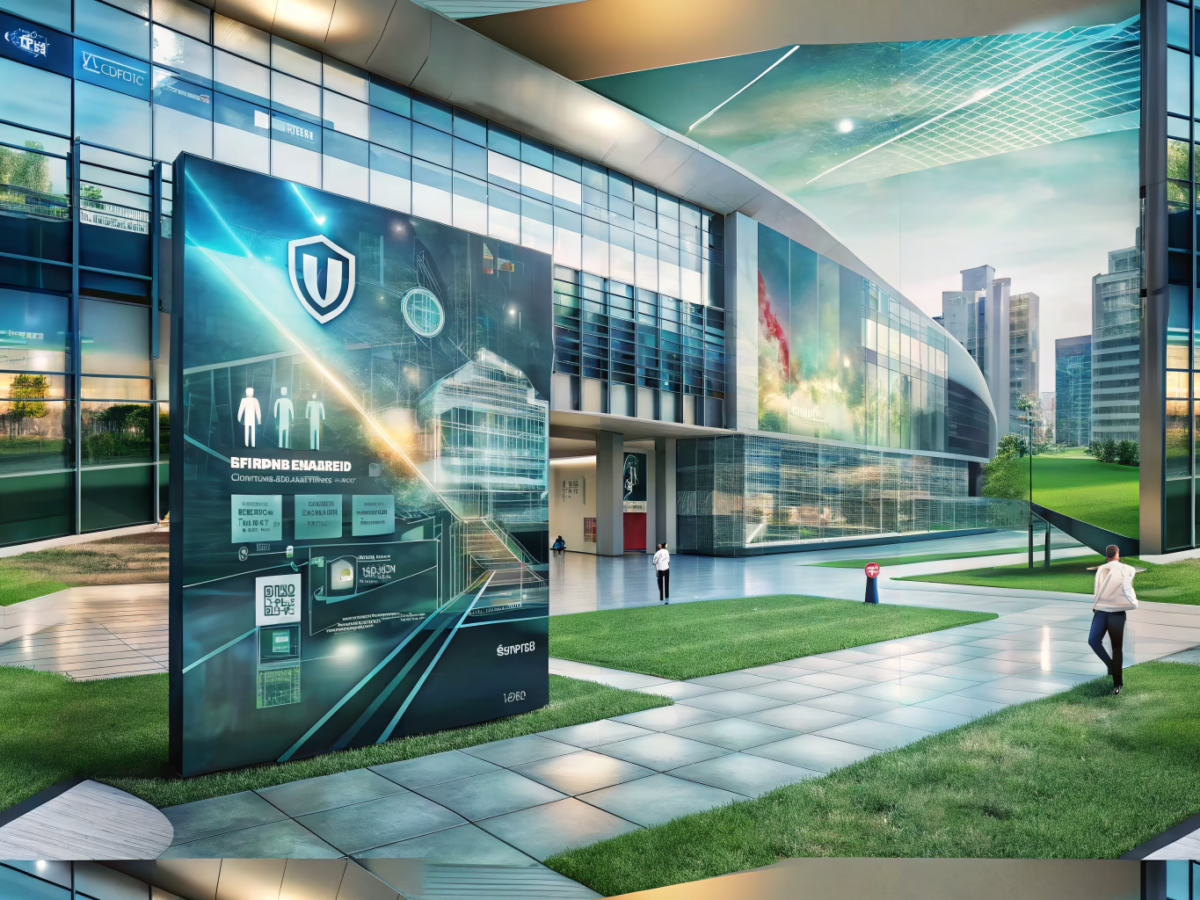Imagine walking through a university campus where every sign not only guides you but also tells a story. Strategic business signage can do just that—boosting engagement and even enrollment. It’s not just about putting up signs; it’s about creating an experience that enhances campus branding and navigation. Let’s dive into ten creative business signage tips that can maximize ROI for universities, turning campuses into vibrant, engaging spaces.
Finding the Perfect Spot: Where Signage Meets Foot Traffic
Think of your campus as a living, breathing entity. Understanding its rhythm—how students and visitors move—is crucial. By analyzing foot traffic patterns, universities can strategically place signs where they’ll catch the most eyes. It’s about being seen, and strategic placement ensures your signage investment hits the mark.
Crafting Messages That Speak Volumes
Every sign is a chance to communicate. Crafting content that aligns with the university’s mission can turn a simple sign into a powerful message. Whether promoting key offerings or engaging students and faculty, the right words can make your signage resonate, amplifying its impact.
The Power of Data: Monitoring and Adapting
In the world of signage, data is your best friend. By collecting and analyzing performance data, universities can gauge the effectiveness of their signs. This data-driven approach allows for informed decisions, ensuring that signage strategies evolve and remain aligned with institutional goals.
The Art of Iteration: Evolving Signage Strategies
Signage isn’t a set-it-and-forget-it affair. Continuous testing and integration with broader marketing efforts are key. By embracing iterative improvement, universities can refine their strategies, keeping them fresh and effective over time.
Navigating with Ease: The Wayfinding Revolution
Imagine a campus where getting lost is a thing of the past. Digital wayfinding signage can transform navigation, making it a breeze for students and visitors to find their way. It’s about enhancing the experience and reinforcing the university’s commitment to accessibility.
Making a Statement with Monument Signs
Monument signs are more than just markers; they’re statements. These large-scale signs boost brand awareness and campus identity, creating a memorable first impression. They’re an investment in visibility and reputation, drawing in prospective students and solidifying the university’s presence in the community.
Outdoor Signs That Invite Exploration
Custom outdoor signs are like open invitations. They project the university’s branding, drawing attention and inviting exploration. With customization, these signs reflect the unique identity of the institution, engaging both current and prospective students.
For additional insights into custom signage solutions for academic institutions, check out
our University Signage Solutions page.
Dynamic Digital Signage: Engaging in Real-Time
Digital signage is the chameleon of the signage world—versatile and dynamic. It offers real-time updates, perfect for event promotions and announcements. This innovative approach keeps the campus buzzing with activity, enhancing communication and interaction.
Going Green with Solar-Powered Signage
In an era of sustainability, solar-powered signage is a game-changer. It’s an environmentally friendly, cost-effective solution that reduces operational costs. Aligning with green initiatives, these signs are a testament to the university’s commitment to sustainability.
A Unified Vision: Aligning Signage with Campus Goals
Signage should be more than just functional; it should be part of a unified communication strategy. By aligning signage with broader campus initiatives and safety messaging, universities can reinforce their mission and ensure consistent messaging across all platforms.
Reflecting and Refreshing: The Signage Evolution
As we wrap up, these business signage tips offer a roadmap to maximizing ROI on university campuses. By evaluating current investments and considering strategic upgrades, universities can enhance their branding, improve navigation, and engage more effectively with their audience. For those eager to explore further, our case study offers deeper insights, or reach out for a personalized consultation.










